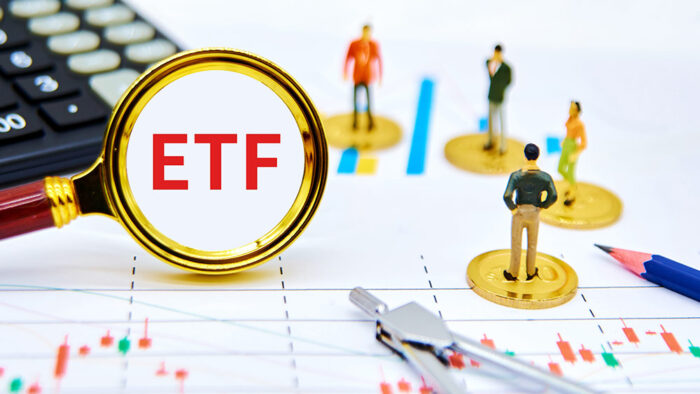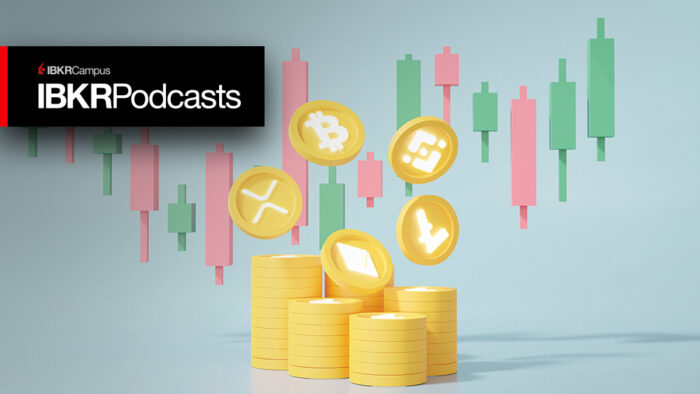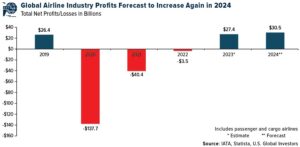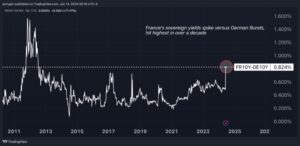By GIST Impact & TMX Datalinx
Since the launch of the Global Biodiversity Framework at the Kunming-Montreal conference in December 2022, we are seeing an international movement urging businesses to disclose the impact of their operations on biodiversity and nature loss, the dependencies they have on nature, and the risks posed to their business of those impacts and dependencies. According to KPMG, however, only 46% of the world’s largest revenue-generating companies acknowledge the influence of biodiversity loss on their operations.
Investors are uniquely positioned to influence biodiversity through their capital allocation to companies. The positive and negative effects of these investment decisions can and do shape the future of ecosystems and species across the planet.
The scale of the challenge remains staggering. According to MSCI, only 2% of the estimated USD 3 trillion invested in sustainable funds globally is linked thematically to biodiversity, representing USD 60 billion held by 149 funds (as of September 2023). To make matters worse, in most of these cases, the methodology applied to link investment strategies to biodiversity remains a black box.
In order to bridge the gap in nature-positive investment and bring transparency and rigor to the process, we need:
- A set of transparent, credible, and science-based standards that provide frameworks and guidance for investors to easily and confidently evaluate how their strategies align with biodiversity objectives.
- Disclosure regulations that incorporate those standards systematically and in an interoperable way.
- Datasets that use accurate data sources (whether that’s company data or site-specific data) as a foundation and apply transparent methodologies based on peer-reviewed science, in alignment with the frameworks defined by standards and built into regulation.
Organizations like TMX and GIST Impact now provide science-based and fully traceable biodiversity data to support investors in this transition. Such guidance is essential for investors to allocate funds in a way that mitigates risks and contributes positively to ecosystem preservation and species conservation.
In this article, we provide an overview of the latest updates related to the standards and associated frameworks that provide guidance to investors on biodiversity, as well as the key regulatory developments from around the world and implementation timelines to help investors navigate this complex landscape.
Emergence of Biodiversity-related Frameworks
The emergence of science-based frameworks and regulations has fundamentally reshaped how companies and investors are expected to report on biodiversity. Many frameworks that assist organizations in assessing and disclosing their nature-related risks, impacts, and dependencies are already available. Here, we’ll provide an overview of the critical frameworks companies and investors need to know about.
- Global Biodiversity Framework (GBF): The Global Biodiversity Framework was adopted at the Kunming-Montreal CBD COP-15 (the UN Convention on Biological Diversity) in December 2022. The framework includes four goals and 23 targets to halt and reverse biodiversity loss by 2030. The framework is historic as it recognizes the leading role of big businesses and large investors in conserving biodiversity. Target 15 requires all large companies and financial institutions to assess and disclose their risks, impacts, and dependencies on nature.
- Task Force on Nature-related Financial Disclosures (TNFD): The taskforce has been at the forefront of efforts to align nature- and financial-related disclosures. The final TNFD recommendations were published in September 2023 and provide a comprehensive framework for measuring, understanding, disclosing, and managing the impacts and dependencies of business activities on nature. The TNFD guidance comprises 14 disclosure recommendations and adopts a systematic approach, encompassing the Locate, Evaluate, Assess, and Prepare (LEAP) framework. The framework enables businesses to systematically address their nature-related impacts and dependencies. It covers the same four pillars as the Task Force on Climate-related Financial Disclosures (TCFD): governance, strategy, risk and impact management, and metrics and targets.
- Science Based Targets for Nature (SBTN): Released in May 2023, SBTN supports corporations in assessing their impacts on nature and biodiversity. SBTN covers a five-step process: Assess, Interpret and Prioritize, Measure, Set and Disclose, Act and Track. The method enables corporations to set nature-related targets to halt and reverse biodiversity loss and track progress. SBTN has also released a Materiality Screening Tool and a High Impact Commodity List to help companies navigate the assessment step.
- Partnership for Biodiversity Accounting Financials (PBAF): An independent foundation based in the Netherlands and is the sister initiative of the Partnership for Carbon Accounting Financials (PCAF). Its aim is to provide specific guidance to the financial sector on nature-related disclosures and investment strategies. PBAF’s Standard for Financial Institutions provides a step-by-step approach to assess, measure and report on the positive and negative impacts of an organizations’ loans and investments on biodiversity. Fund managers can use these to, for example, estimate biodiversity loss from an investment in a multinational food company and gain insights into the underlying causes. Furthermore, PBAF updated its standards in 2023 to include dependencies on ecosystem services.
The congruence between all of these frameworks is encouraging. PBAF is aligned with the “Evaluate” stage of the TNFD’s “LEAP” framework. TNFD and SBTN are collaborating to align their respective frameworks and methods further to help ease the corporate disclosure burden and accelerate standardization. Together, these increasingly aligned voluntary frameworks provide the foundations of a robust and science-based measurement and reporting system for companies and investors.
The Evolving Regulatory Reporting Landscape
Some governments have established mandatory disclosure requirements to promote sustainable growth of businesses and financial institutions and to protect and restore nature and biodiversity. Here, we provide salient information on noteworthy nature-related disclosure requirements worldwide to help investors stay informed.
—
Originally Posted May 2024
Disclosure: Toronto Stock Exchange
Copyright © 2023 TSX Inc. All rights reserved. Do not copy, distribute, sell or modify this document without TSX Inc.’s prior written consent. This information is provided for information purposes only. Neither TMX Group Limited nor any of its affiliated companies guarantees the completeness of the information contained in this publication, and we are not responsible for any errors or omissions in or your use of, or reliance on, the information. This publication is not intended to provide legal, accounting, tax, investment, financial or other advice and should not be relied upon for such advice. The information provided is not an invitation to purchase securities listed on Toronto Stock Exchange,TSX Venture Exchange and/or Montreal Exchange. TMX Group and its affiliated companies do not endorse or recommend any securities referenced in this publication. TMX, the TMX design, The Future is Yours to See., Toronto Stock Exchange, TSX, TSX Venture Exchange, TSXV, and Voir le futur. Réaliser l’avenir. are the trademarks of TSX Inc.
Disclosure: Interactive Brokers
Information posted on IBKR Campus that is provided by third-parties does NOT constitute a recommendation that you should contract for the services of that third party. Third-party participants who contribute to IBKR Campus are independent of Interactive Brokers and Interactive Brokers does not make any representations or warranties concerning the services offered, their past or future performance, or the accuracy of the information provided by the third party. Past performance is no guarantee of future results.
This material is from Toronto Stock Exchange and is being posted with its permission. The views expressed in this material are solely those of the author and/or Toronto Stock Exchange and Interactive Brokers is not endorsing or recommending any investment or trading discussed in the material. This material is not and should not be construed as an offer to buy or sell any security. It should not be construed as research or investment advice or a recommendation to buy, sell or hold any security or commodity. This material does not and is not intended to take into account the particular financial conditions, investment objectives or requirements of individual customers. Before acting on this material, you should consider whether it is suitable for your particular circumstances and, as necessary, seek professional advice.































Join The Conversation
If you have a general question, it may already be covered in our FAQs. If you have an account-specific question or concern, please reach out to Client Services.